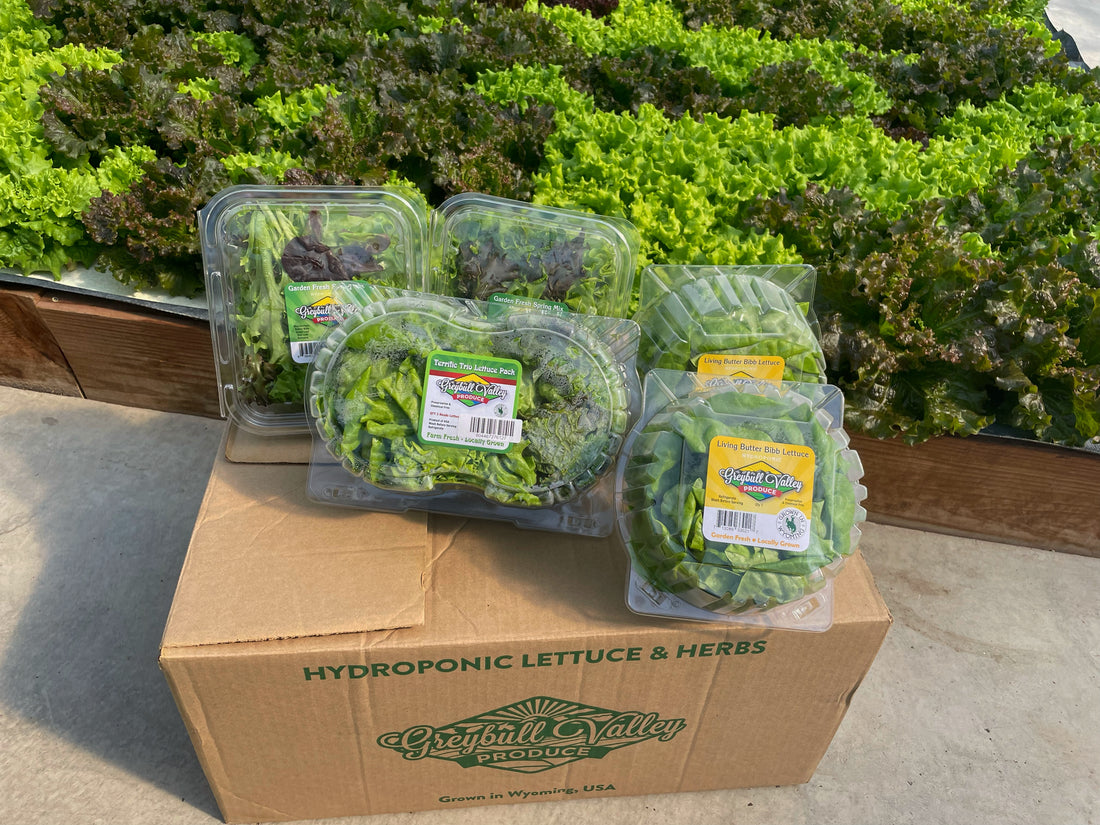
Unlocking the Potential of Your Greenhouse
Share
In the world of small-scale farming and greenhouse operations, the thin line between success and failure often comes down to the ability to generate substantial revenue. Income isn't just a component of your business—it's the very lifeblood that sustains it. Without adequate cash flow, even the most promising agricultural venture is doomed to falter. It's crucial to not only focus on what you grow but also how you market and sell your products. The stark reality that many struggling or defunct farms and greenhouses face is not necessarily a failure in cultivation but in commercial strategy. They might have been cultivating the right products but faltering in optimizing their sales approach.
The wholesale model probably isn't the best route for small farms looking to maximize their revenue. While wholesale transactions often require less time and effort per sale, enabling farmers to move large quantities of produce quickly, the margins can be slim. These slim margins often aren't enough to sustain a small operation that cannot compete on volume alone. On the other end of the spectrum, direct-to-consumer sales, such as farmers' markets or online stores, can offer higher margins but come with their own set of challenges. These methods typically require a significant investment of time and resources in marketing and customer interaction potentially diverting attention from farming itself.
This is where selling produce directly to grocery stores emerges as an optimal middle ground. This approach can provide a more favorable balance, offering better margins than wholesale and requiring less time and effort than direct-to-consumer sales. Selling to grocery stores combines the efficiency of dealing with a single or a few buyers with the advantage of reaching a larger consumer base without the need for extensive individual marketing efforts. For small farms and greenhouses, this model can unlock new levels of financial viability, blending the benefits of both worlds in a way that aligns with their scale and capabilities.
Why Packaging Makes a Difference
One of the most effective strategies to enhance your product appeal and boost sales is through thoughtful packaging. Selling your produce in clamshells or similar types of packaging to grocery stores can significantly increase your profit margins. This approach does not just aim at preserving the freshness and extending the shelf life of the produce; it also taps into consumer perceptions associated with packaged goods.

The Clamshell Advantage: Cleanliness and Local Appeal
In my experience, produce sold in clamshells generally outsells produce sold in bags. This is likely because clamshells offer a more secure and convenient consumer experience and boost the perceived value of the product. Clamshells allow for better visibility of the produce, letting customers inspect the quality without compromising the packaging's integrity. This level of convenience and quality assurance is something that bagged produce often struggles to match, making clamshells a more attractive option for consumers seeking both cleanliness and quality in their locally sourced foods.

Local + Packaged: A Winning Combination
Pairing the locally grown ethos with professional, retail-ready packaging like clamshells positions your products more favorably in the market. This combination taps into a broader consumer trend towards supporting local businesses and a desire for products that feel personal and community-oriented, yet still meet the standards of convenience and hygiene that modern consumers expect.
Here's a video where I talk about how this applies to our basil.
